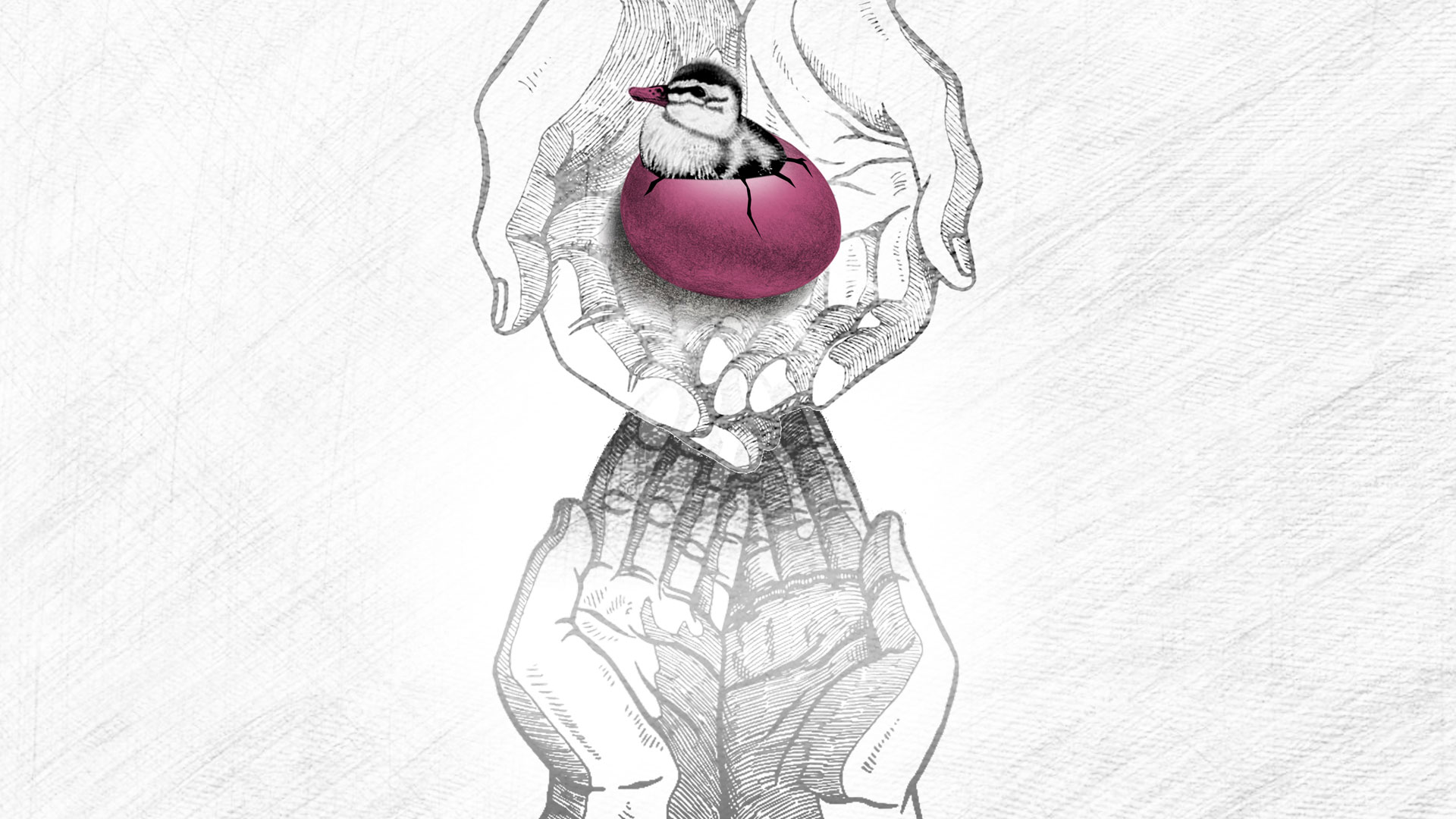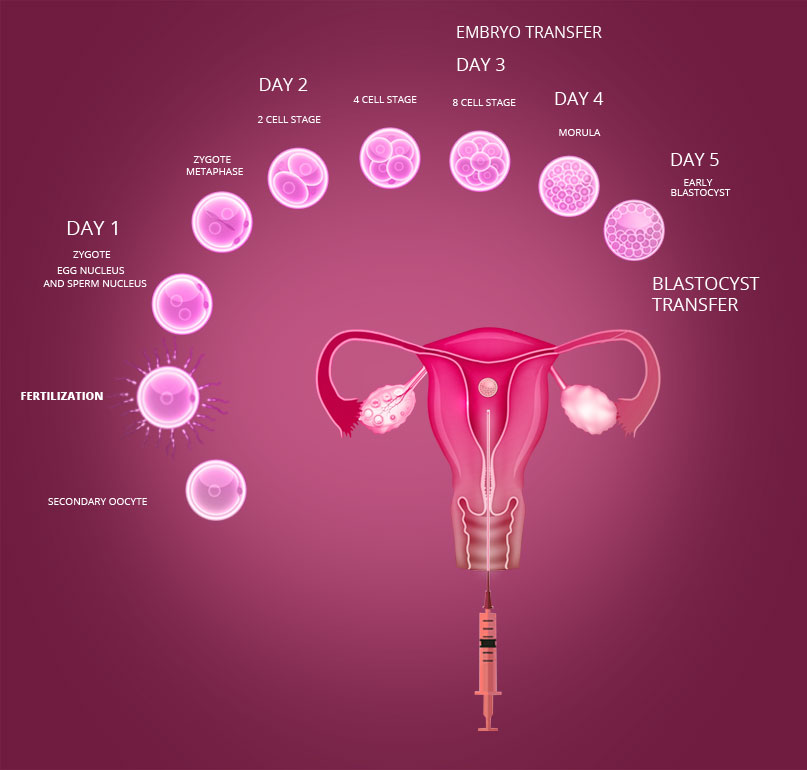
The term ‘Blastocyst’ refers to the stage of an embryo, 5-6 days post-fertilisation.
After the doctor has retrieved the eggs from the ovary, they are fertilised in the laboratory either using normal IVF or by ICSI. Immediately after fertilisation, an egg starts to split and develop into an embryo. The doctor can either transfer one or two embryos after 2 or 3 days, or the embryos can be developed in the incubator for 5 days (till the embryo reaches its blastocyst stage) and then THE BEST EMBRYO is transferred into the uterus on the 5th day i.e. Blastocyst Transfer.
After fertilisation, an egg begins to split and build up into an embryo instantly. Here are the stages of development

In a natural conception after fertilisation, the embryos slide down the fallopian tube into the uterus on day 2 and mandatorily carry on its development and growth into the uterus for 4-5 days prior to entering the blastocyst stage. Hence, culturing an embryo to a blastocyst stage imitates the natural process.
In the IVF process, if a couple manages to generate multiple embryos, it would be difficult for an embryologist on the 2nd or 3rd day of fertilisation to detect the capable embryo which is able to become a blastocyst embryo into the uterus. But restoring embryos in the culture for 4-5 days to a blastocyst is half battle won already. By this stage, the embryos which were not meant to make it have already been arrested and only the better embryos remain. So the probability of selecting the best embryos for the IVF transfer is much higher.
In the fluctuated condition inside the uterus, blastocyst embryos are able to stay alive and develop in the uterus. In the result of that, an improved and uniformly fruitful pregnancy via blastocyst transfer is accomplished.
Then why don't all IVF patients opt for blastocyst?
This is because it all depends on several factors, such as
This is an advanced technology and IVF procedure includes Blastocyst Transfer depending on the cases. So the process does not require any specific precaution; common IVF process precautions should be followed.

The biggest advantage is that it significantly reduces the risk of multiple pregnancies as only the best embryo is transferred into the uterus unlike transferring 2-3 embryos in normal IVF method.
Pregnancy and implantation success rate is considerably higher in this technique as it is easy to determine the competent embryos after developing for 5-6 days and only the competent one is transferred to the uterus.
In a normal untreated cycle, the embryos reach the uterus on day 5 or 6. So it is close to the normal stage of implantation and the uterus is physiologically ready to receive the embryo, resulting in good success rates.
The procedure also helps to screen the embryos for genetic abnormalities. In such cases, the embryo biopsy is done on day 2 and the embryos are allowed growing. The embryos are transferred on day 5 if they are normal.
in Blastocyst Transfer

If the embryo number is less, it is possible that embryo growth may be arrested by the 5th day and no blastocyst forms. In such cases, the cycle gets cancelled and the previous steps are needed to repeat.
